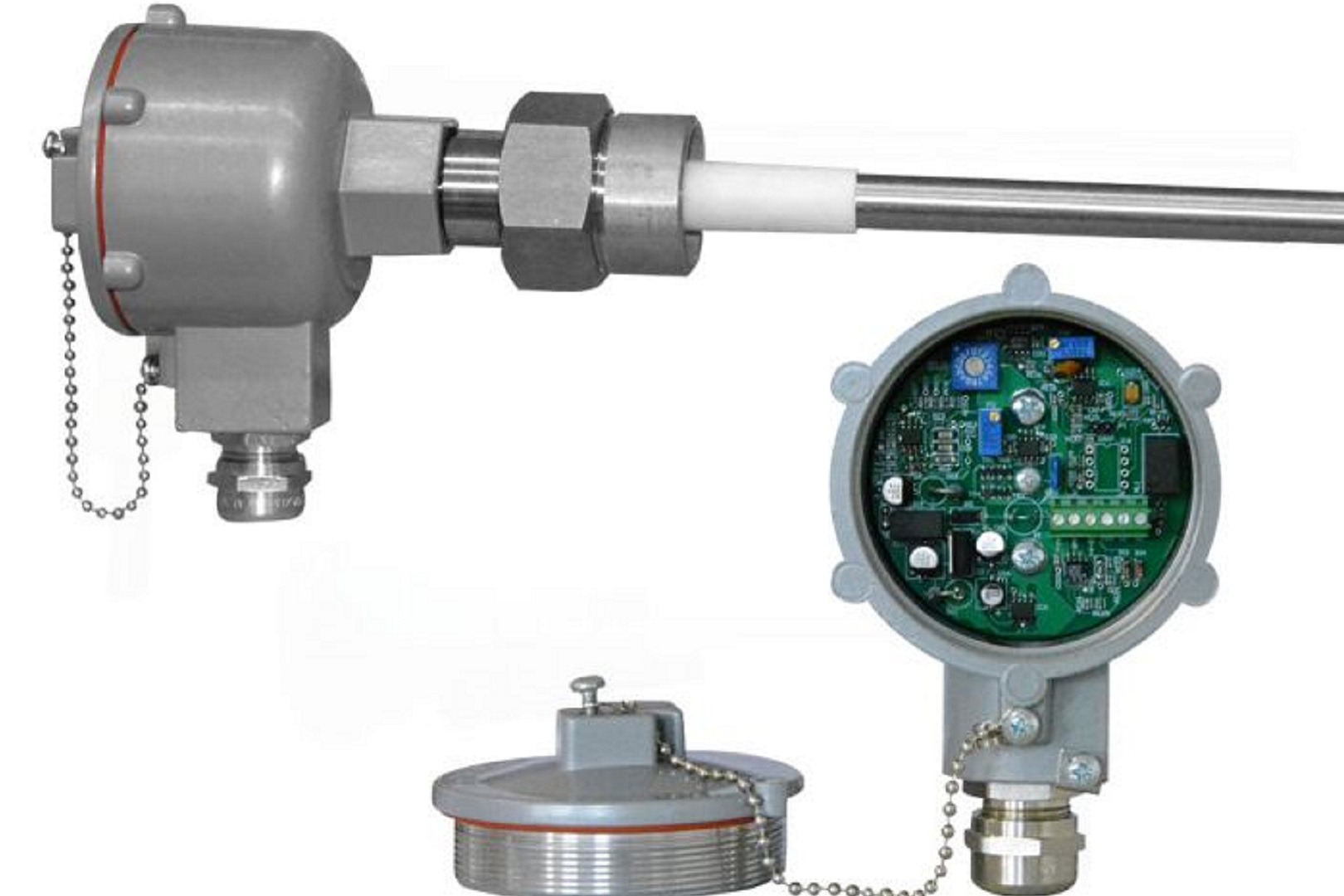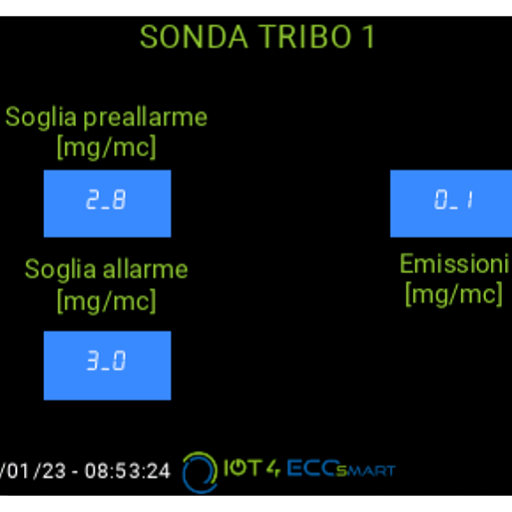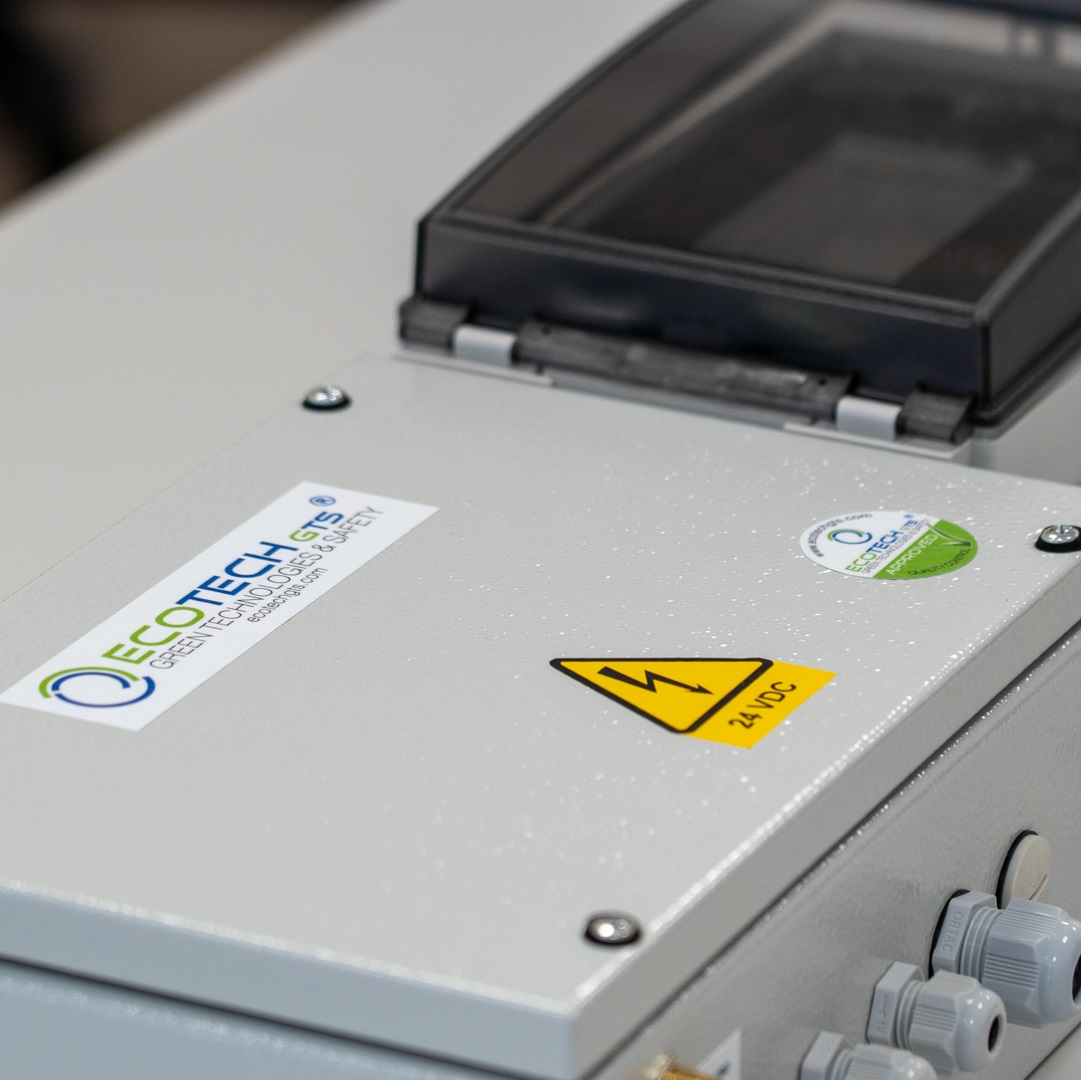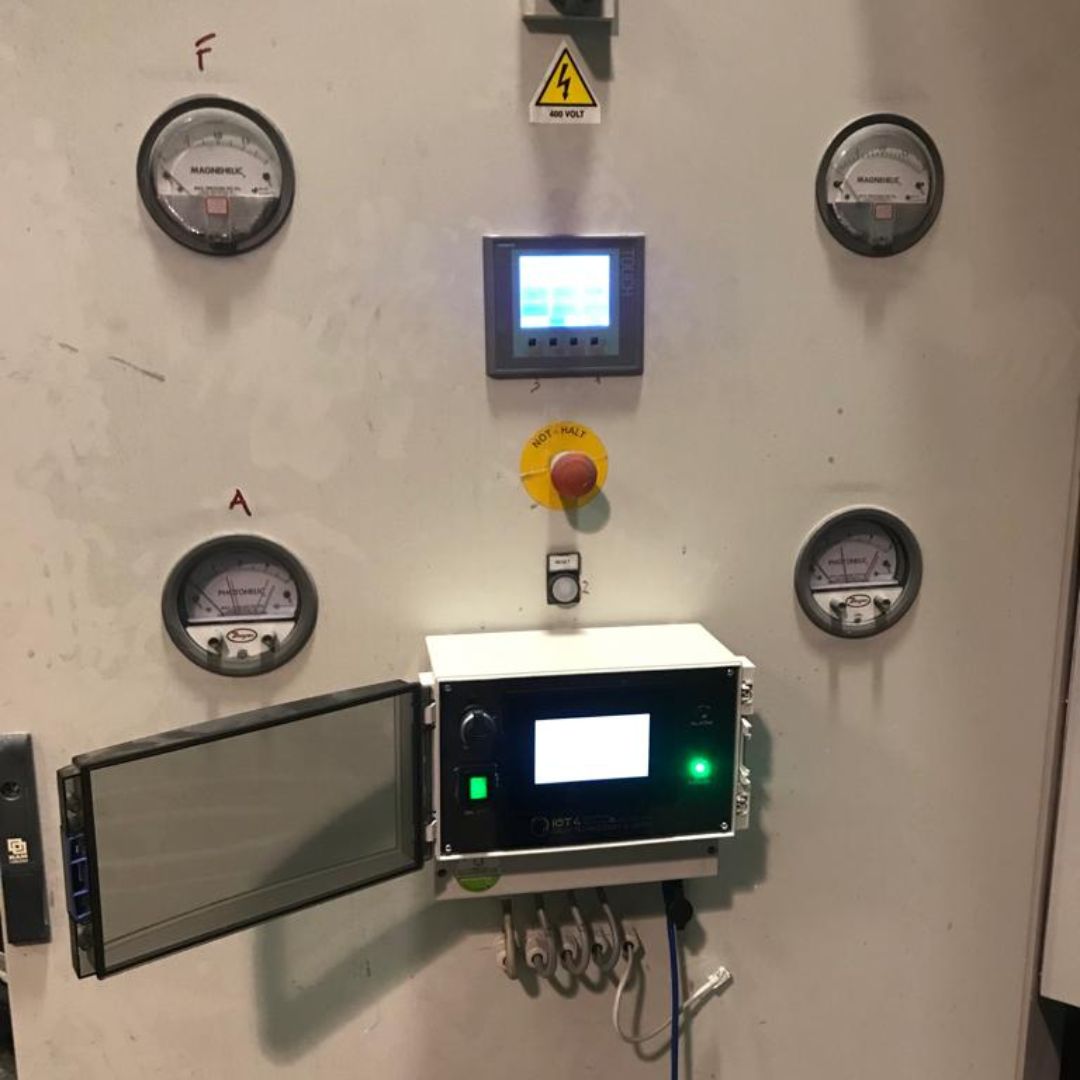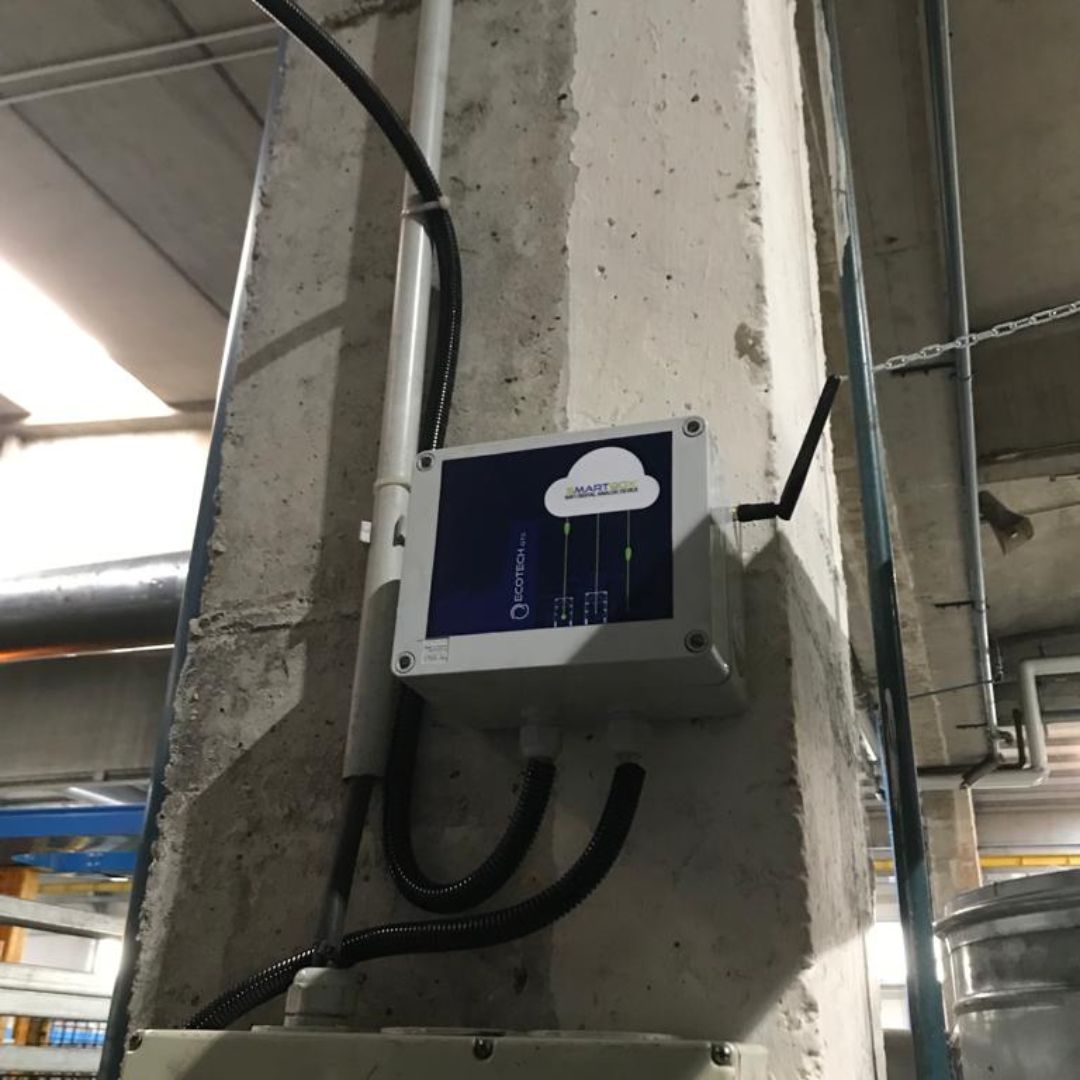Reduction of atmospheric pollution
This website uses cookies so that we can offer you the best possible user experience. Cookie information is stored in your browser and performs functions such as recognizing you when you return to our website and helping our team understand which sections of the website you find most interesting and useful. The site also uses Google Fonts which do not use cookies but whose use could transmit the IP address used for navigation to Google.
What is a cookie?
Cookies are short text files that are downloaded to your device when you visit a website.
At each subsequent visit, the cookies are sent back to the website that originated them (first-party cookies) or to another site that recognizes them (third-party cookies). Cookies are useful because they allow a website to recognize the user's device. They have different purposes such as, for example, allowing you to navigate efficiently between pages, remembering your favorite sites and, in general, improving navigation. They also help to ensure that advertising content displayed online is more targeted to you and your interests. Based on the function and purpose of use, cookies can be divided into technical cookies, profiling cookies, third-party cookies.
technical cookies
Technical cookies are those whose use does not require the User's consent pursuant to art. 122 paragraph 1 of Legislative Decree 196/2003. Among these technical cookies, we highlight essential cookies, also called "strictly necessary", which enable functions, without which it would not be possible to fully use the Site. These cookies are saved on the user's computer only during the current session of the browser. Essential cookies cannot be disabled using the functions of the Site. Essential cookies cannot be disabled using the functions of this website. In general, cookies can be completely deactivated in your browser at any time.
List of the main technical cookies
[wordpress_logged_in_hash]
Contains the reference to the current session if the user is logged in with a registered account. The field can vary and represents the current session.
[PHPSESSID]
The PHPSESSID cookie is a native PHP cookie and allows websites to store session state data. On the website it is used to establish a user session and to communicate state data through a temporary cookie, commonly called a session cookie. Since the PHPSESSID cookie does not have a time limit, it disappears when the client closes.
[wordpress_test_cookie]
Check the possibility of recording cookies on the user's browser
[gt_auto_switch]
Allows the translation plugin to set the display language
[wordpress_hash]
Contains the reference to the current WordPress session. The field can vary and represents the current session.
[wp-settings-UID]
Contains application settings relating to user preferences of private or administrative areas of the site. The field can vary and describes the parameter whose value is saved.
[wp-settings-time-UID]
It is used to adapt the display on the browser of the pages of private or administration areas of the site.
Third-party Cookies
While browsing the site www.ecotechgts.com, the user may also receive cookies from different sites or web servers on his terminal (so-called "third party" cookies): this happens because the site may contain elements such as, for example for example, images, maps, sounds, specific links to web pages of other domains that reside on servers other than the one on which the requested page is located. In other words, these cookies are set directly by managers of websites or servers other than the Site. These third parties could theoretically set cookies while you visit the site and thus obtain information relating to the fact that you have visited our site. Each of them has its own privacy policy which may be different from that adopted by this website. If the user decides not to grant authorization for the use of third-party cookies, they will only be able to use the functions of the site which do not require such cookies. Third-party cookies also include those used to statistically analyze accesses or visits to the site, also called "analytics", which pursue exclusively statistical purposes and collect information in aggregate form without the possibility of tracing the identification of the individual user.
Regulation
Guarantor for the protection of personal data - Identification of simplified methods for the information and the acquisition of consent for the use of cookies - 8 May 2014 (Published in the Official Gazette no. 126 of 3 June 2014).


